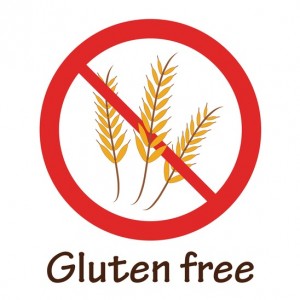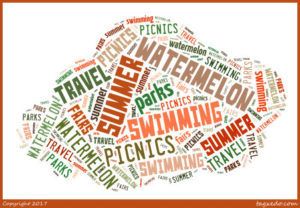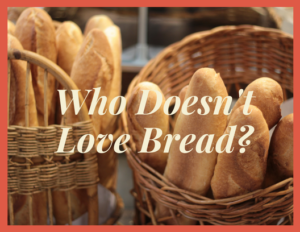We have all heard this: we need to eat more vegetables!
People who follow a gluten free diet are used to hearing about all of the foods that they cannot eat anymore. It’s nice to know that there foods that they can eat more of! That’s where vegetables come in. Vegetables in their fresh state is one group of foods that not only provides variety, but it’s something that gluten free followers can eat without worry! Given the importance of a nutrient dense diet when following a gluten free lifestyle, vegetables should be a staple.
 Unless consumed raw, fresh vegetables will require some preparation. The time involved in prepping vegetables is the part that trips up many people…how often have your purchased fresh vegetables only to have them rot in the vegetable bin??
Unless consumed raw, fresh vegetables will require some preparation. The time involved in prepping vegetables is the part that trips up many people…how often have your purchased fresh vegetables only to have them rot in the vegetable bin??
I really like the idea of making the process of vegetable prepping easier by adopting what I call the “batch cook” method. This means prepping several fresh vegetables in 2-4 different ways at one time. The idea is to make ahead and have later.
Here’s an example of how this is done:
Steam carrots on one burner, sauté leafy greens on another burner, roast a tray of mixed vegetable (such as Brussels sprouts, cauliflower, or beets) with a little olive oil in the oven on one or two large trays. Store ready-prepped vegetables in plastic containers.
In less than an hour’s time there’s enough veggies cooked for several days. This is a great way to get a meal on the table quicker and with fewer pans to clean up. And, you have your vegetables ready to go! Use any leftover veggies can be added to a soup.
This is one of the best tricks I know work in more vegetables. Quick and easy!






